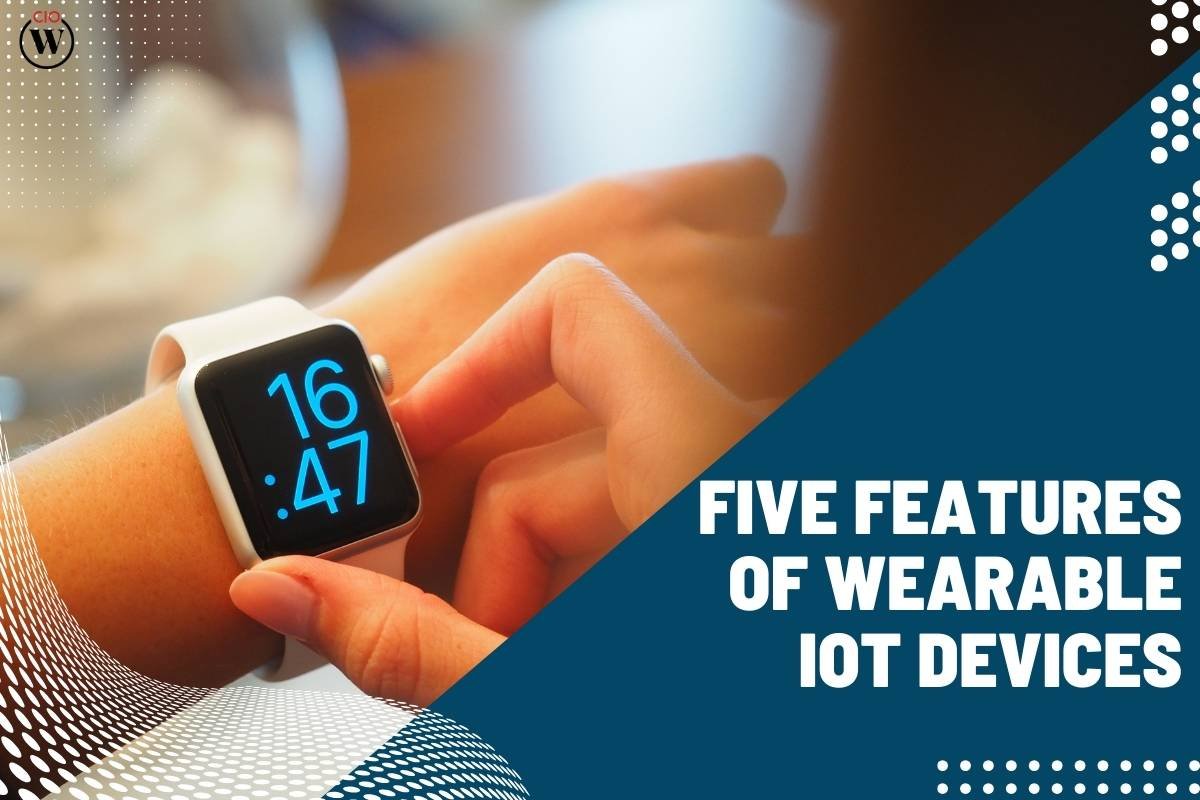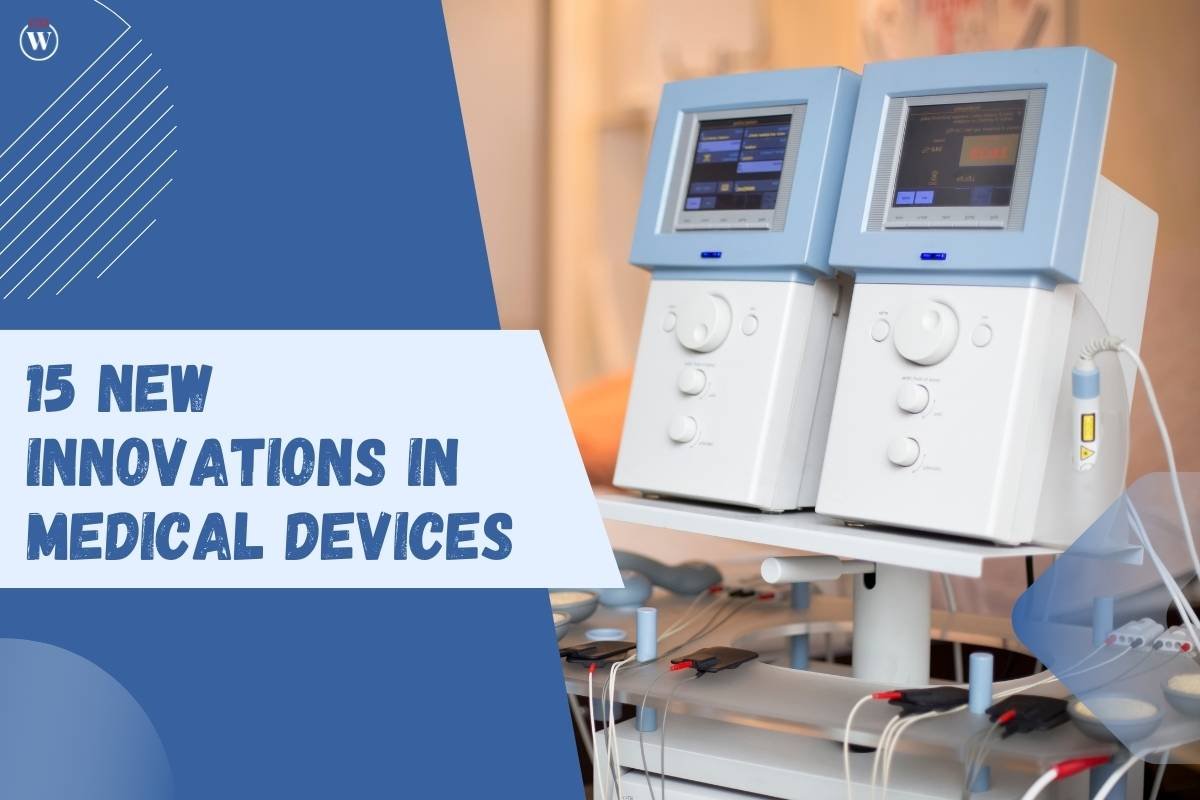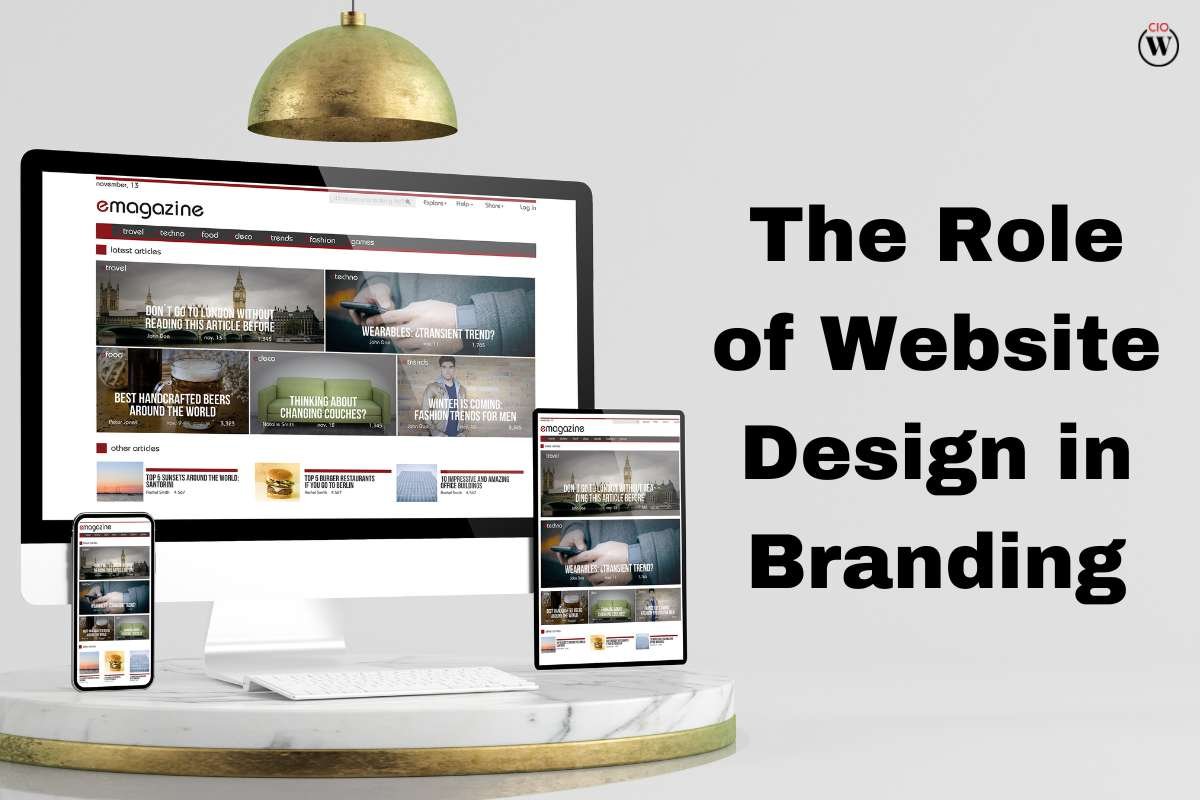In the rapidly advancing landscape of technology, wearable IoT devices have emerged as transformative gadgets, seamlessly integrating into our daily lives. These devices, equipped with cutting-edge technologies, have revolutionized the way we monitor our health, interact with our surroundings, and stay connected. In this article, we will explore five key features of wearable IoT devices that make them indispensable in the modern world.
Here are 5 Features of Wearable IoT Devices:
1. Connectivity: Enhancing Communication in Real Time
The foremost feature that sets wearable IoT devices apart is their unparalleled connectivity. These gadgets are designed to establish seamless communication with other devices, forming an intricate web of interconnectedness. Whether it’s through Bluetooth, Wi-Fi, or cellular networks, these devices ensure constant communication, fostering an ecosystem where information flows effortlessly.
The wearable IoT devices play a pivotal role in bridging the gap between users and their environments. For instance, smartwatches equipped with IoT capabilities can sync with smartphones, providing real-time notifications for calls, messages, and app alerts. This connectivity feature ensures that users stay informed and connected, making these devices an integral part of our interconnected world.
Moreover, the integration of wearables with the Internet of Things (IoT) enables users to control smart home devices, such as thermostats, lights, and security systems, directly from their wrists. This interconnectedness not only enhances convenience but also contributes to the efficiency and automation of everyday tasks.
2. Health Monitoring: Personalized Wellness at Your Fingertips
One of the most revolutionary features of wearable IoT devices is their ability to monitor and track various aspects of our health. These devices are equipped with sensors that can measure heart rate, blood pressure, sleep patterns, and even detect falls. This health monitoring feature empowers users to take proactive steps towards a healthier lifestyle.
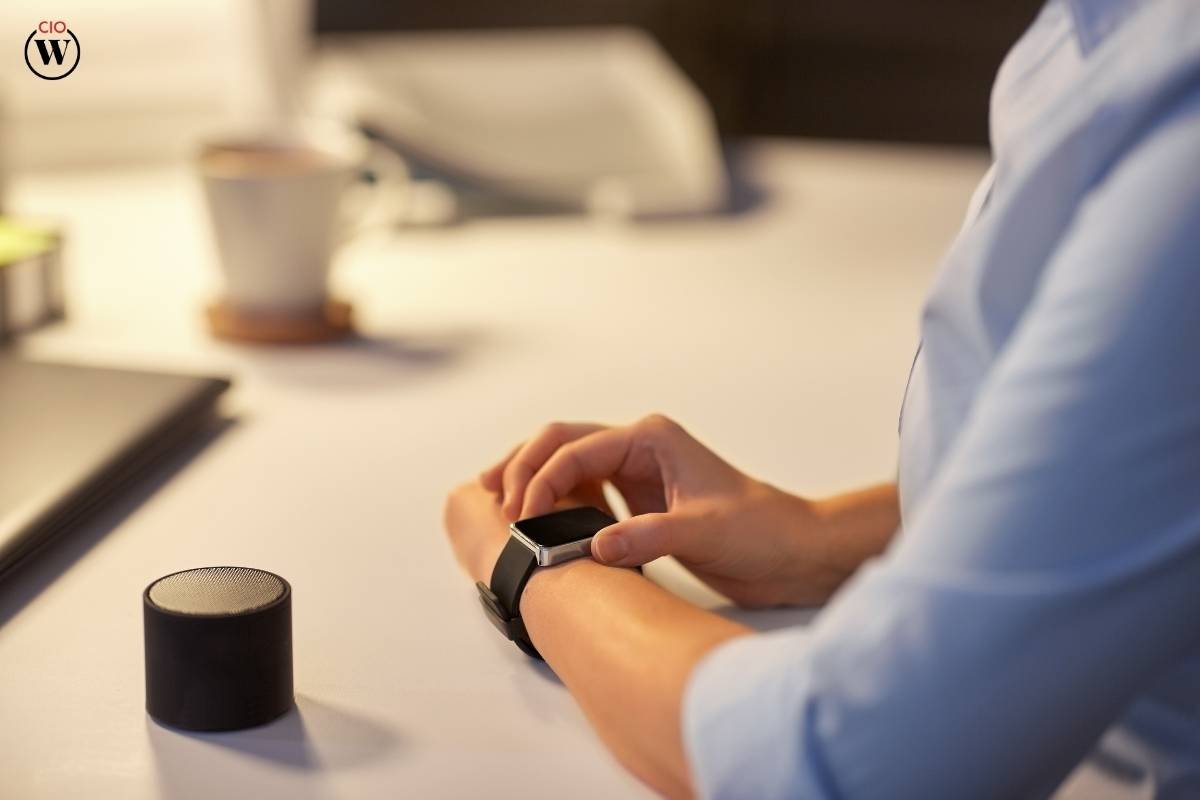
Wearable IoT devices act as personal health assistants, providing real-time insights into fitness levels and overall well-being. Fitness trackers, for example, use embedded sensors to monitor physical activities, track steps, and even analyze the intensity of workouts. This data is then processed and presented to users through user-friendly interfaces, encouraging them to set and achieve health goals.
Moreover, wearable IoT devices play a crucial role in the early detection of health issues. For individuals with chronic conditions, these devices offer continuous monitoring and alert systems, ensuring timely intervention in case of irregularities. By seamlessly integrating health monitoring into our daily lives, these wearables contribute to a more proactive and preventive approach to healthcare.
3. Location Tracking: Ensuring Safety and Security
Another one of the significant features of wearable IoT devices is their ability to provide precise location tracking. This feature is particularly valuable in ensuring the safety and security of users. Whether it’s for parents keeping an eye on their children or caregivers monitoring the elderly, location tracking adds an extra layer of reassurance.
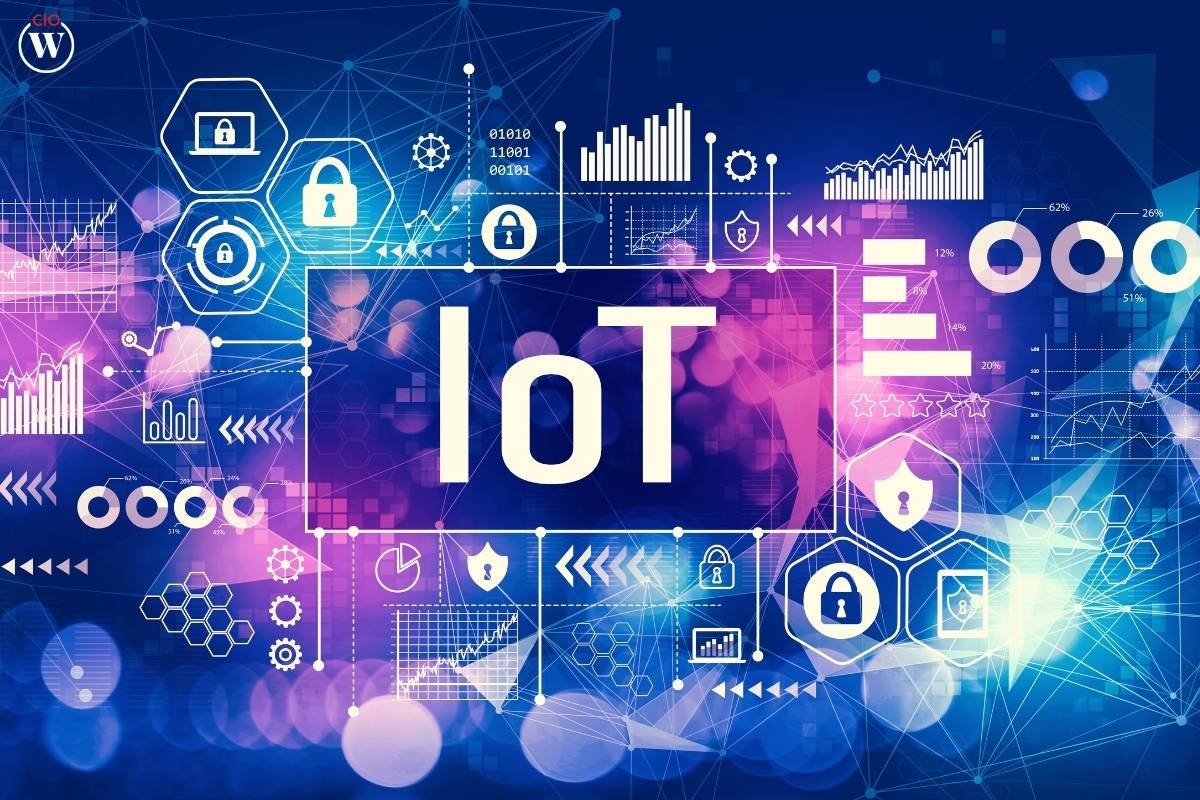
For instance, smartwatches equipped with GPS capabilities enable parents to track the whereabouts of their children in real-time. Similarly, wearable IoT devices designed for the elderly can send alerts or notifications if the wearer deviates from their usual routine or location. This not only enhances the safety of vulnerable individuals but also provides peace of mind to their caregivers.
Beyond personal safety, location tracking in wearables is also instrumental in asset management and logistics. Businesses can use IoT-enabled wearables to track the movement of goods, monitor the location of vehicles, and optimize supply chain operations. This feature significantly improves efficiency and transparency in various industries.
4. Customizable Interfaces: Tailoring the User Experience
Wearable IoT devices offer a customizable user experience, allowing individuals to tailor their gadgets according to their preferences and needs. The interfaces of these devices can be personalized to display relevant information, prioritize specific functionalities, and even change the overall look and feel.
For example, smartwatches allow users to choose from a variety of watch faces, each displaying different sets of information such as time, date, fitness stats, and notifications. Additionally, users can customize the settings of their wearable devices through companion mobile apps, adjusting preferences for notifications, display brightness, and connectivity options.
This feature not only enhances the aesthetic appeal of wearable IoT devices but also ensures that users get the most relevant information at a glance. The ability to customize interfaces makes these gadgets versatile, catering to a wide range of user preferences and lifestyles.
5. Energy Efficiency: Prolonging Battery Life for Long-Term Use
Wearable IoT devices are designed with energy efficiency in mind, addressing a common concern among tech enthusiasts – battery life. The integration of power-saving technologies and optimization of hardware components allow these devices to operate for extended periods without frequent recharging.
The energy efficiency of wearable IoT devices is especially crucial in health monitoring applications. Continuous monitoring of vital signs and other health parameters requires a reliable power source to ensure uninterrupted functionality. By incorporating energy-efficient components and employing intelligent power management strategies, manufacturers have successfully extended the battery life of these devices.

Additionally, advancements in wireless charging technologies contribute to the overall convenience of wearable IoT devices. Users can effortlessly charge their devices without the hassle of cables, promoting a seamless and user-friendly experience. This focus on energy efficiency not only enhances the user experience but also aligns with the growing demand for sustainable and eco-friendly technologies.
Conclusion:
In conclusion, wearable IoT devices have become an integral part of our technologically driven lives, offering a myriad of features that enhance connectivity, health monitoring, safety, customization, and energy efficiency. These gadgets have seamlessly integrated into our daily routines, acting as personal assistants, health companions, and safety nets.
As the world continues to embrace the Internet of Things, wearable devices will undoubtedly play a central role in shaping the future of technology, providing users with innovative solutions to meet their evolving needs. So, whether you’re tracking your fitness goals, staying connected on the go, or ensuring the safety of your loved ones, these features of wearable IoT devices are here to stay, evolving and innovating to make our lives smarter and more connected.

